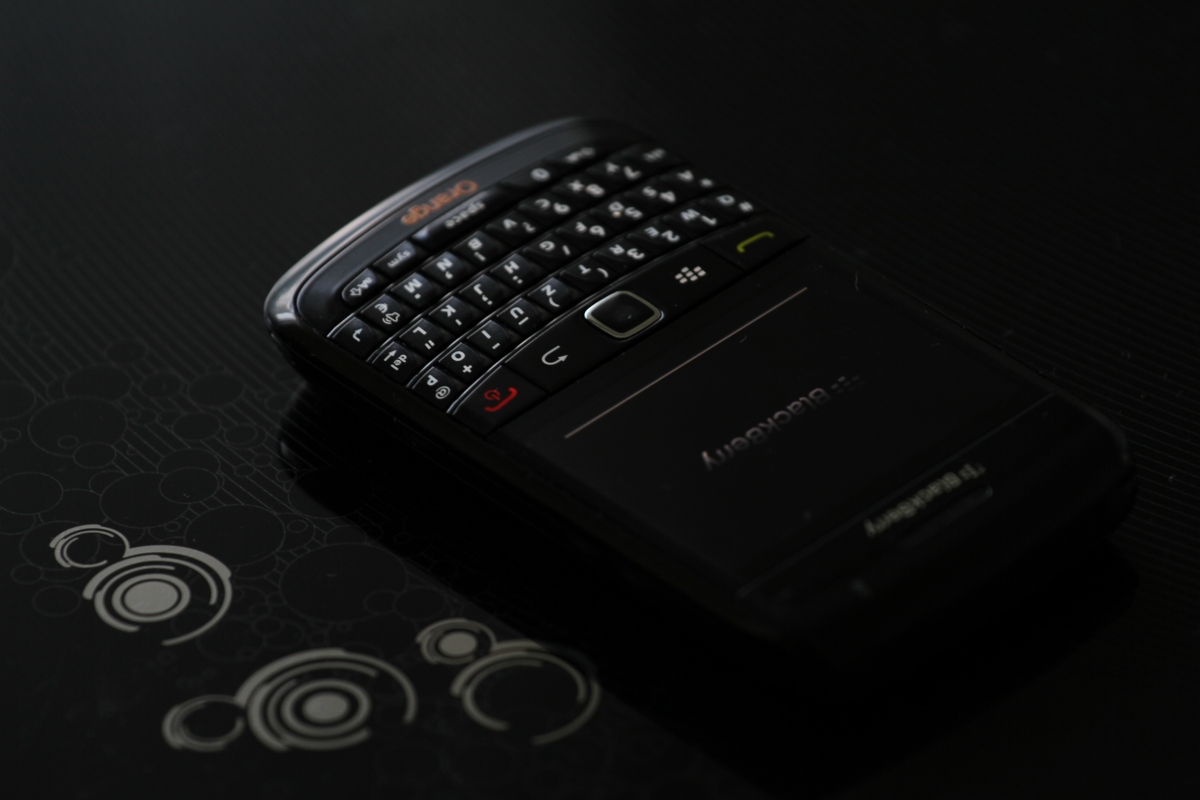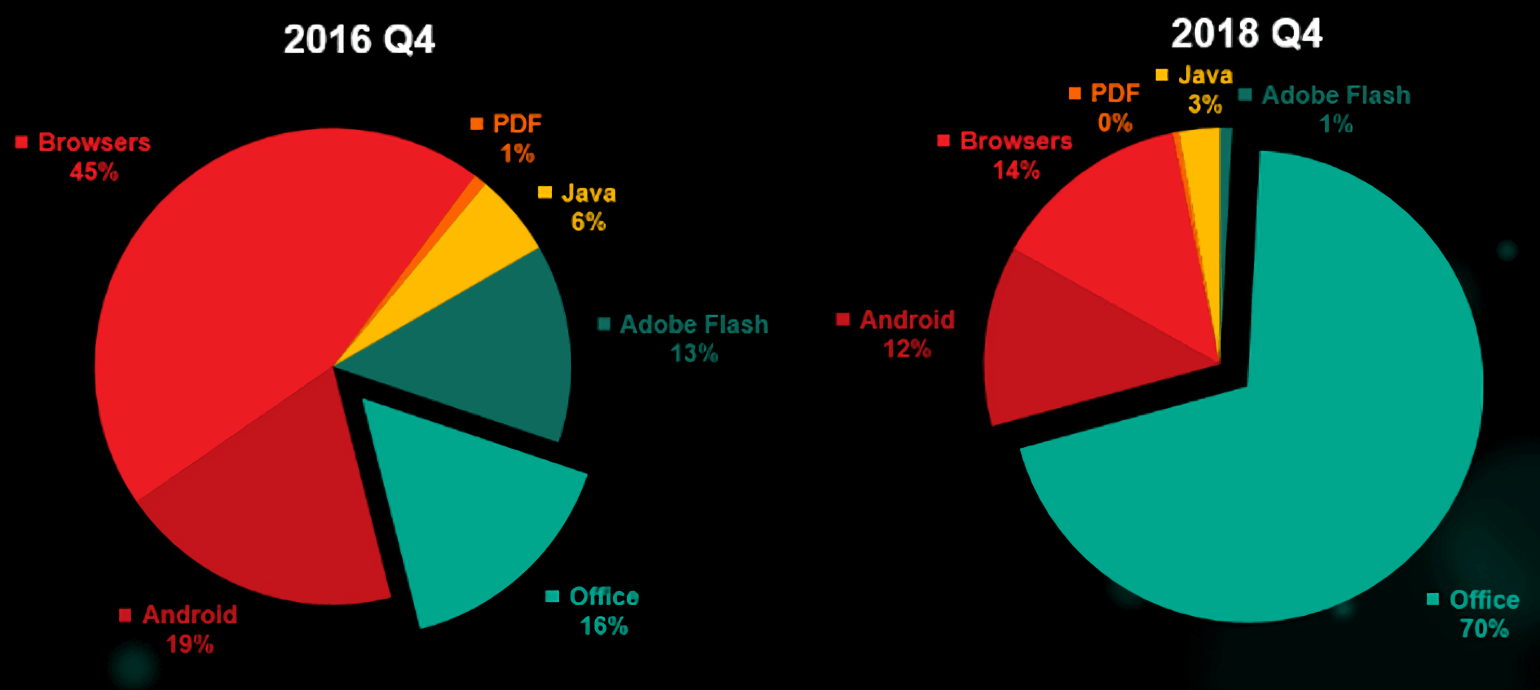One of the world’s most popular fonts, Helvetica, has received its first major update in decades
One of the most popular fonts in the world, Helvetica, is getting its first major overhaul in several decades. Indeed, as Gizmodo points out, the last time the font was upgraded was back in 1983 with the “Neue Helvetica” update.
Now, the font is called “Helvetica Now,” a name Monotype (the company responsible for licensing it) hopes will act as a “new chapter” in the story of the “best-known typeface” of all time. While those are some pretty bold claims, Helvetica Now does aim to solve some of the problems its predecessor faced in the modern world.
I’m no font history expert myself, but Gizmodo claims that previous versions of Helvetica had issues with kerning (letter spacing) and legibility on smaller screens, problems that have become all the more pronounced now with the rise of consumer smartphones and tablets. Monotype’s solution with Helvetica Now is to provide editors, writers, and brands with three main font size variants: Helvetica Now Micro, Text, and Display.

Display is intended for headlines, advertisements, and other areas where bigger, more “in-your-face” text is ideal. Helvetica Now Text is meant for just about anything else – articles, FAQ pages, forums, you name it. Micro, as the name suggests, is useful in the same areas as Text, but on smaller screens.
If you thought designing new versions of existing fonts was a simple process, think again. Monotype says Helvetica Now is the result of roughly five years of research and collaborative development among “dozens” of designers and engineers within the Monotype Studio Foundry.
If you want to toy around with the fruits of all that labor for yourself, you have two main options as an ordinary user: One, you can get a free, downloadable version of Helvetica Now Display Black by handing over some basic information to Monotype (such as your name, job title, and email address).
Alternatively, you can visit Monotype’s Helvetica Now reveal page and interact with the font directly – the page is essentially a giant text sandbox that you can edit to your heart’s content.
By: Techspot
A firefighting robot called Colossus helped battle the Notre-Dame blaze
Why it matters: While there was extensive damage done to the building, the fire at Notre-Dame didn’t totally destroy the 856-year-old cathedral. Helping the 400+ firefighters tackle the blaze was Colossus—the Paris Firefighter Brigade’s 1,100-pound robot.
Trying to put out the 15-hour inferno that started at Notre-Dame on Monday presented some unique challenges. US firefighter Gregg Favre explained how old churches have few, if any, passive fire protection systems, and that the heavy 2.5-inch fire hoses are difficult to maneuver and largely ineffective against fires like these. But the biggest concern was the risk of the old timber structure collapsing on top of the firefighters.
These are heavy, difficult to maneuver and against a fire like this, largely ineffective.
Thankfully, Colossus was on hand to help. The robot’s design allows it to endure harsh conditions while operating a fire hose, moving heaving equipment, or carrying the wounded to safety. The machine, which is around 5.25-feet long, 2.5-feet wide, and slightly under 2.5-feet tall, can be operated from 1000-feet away.
French firm Shark Robotics created Colossus, which, as you’d imagine, is waterproof and fire-resistant. The six lithium-ion batteries power two electric motors that can push the robot to 2.2 mph. It’s also able to traverse difficult terrain and carry 1,200 pounds.
Colossus had other machines helping it fight the Notre-Dame fire. Two drones—a DJI Mavic Pro and a Matrice M210—were used to thermally map the building and direct water toward the hottest parts.
Utilizing Colossus helped ensure nobody was killed during the fire, though two police officers and a firefighter were reportedly injured, according to the New York Times.
A number of companies and individuals, including Apple and Ubisoft, have donated money to help rebuild Notre-Dame. The fund reached one billion Euros ($1.13 billion) after just two days, bringing questions over whether some French donors had ulterior motives such as tax breaks and political influence, and why it has raised so much more than other, arguably more worthy causes. Should the insurance pay for the fire damage, the donations might not even be required.
By: Techspot
Microsoft blocks Windows 10 May 2019 update for PCs with USB storage or SD cards attached
In brief: If you have a PC running Windows 10 with the April 2018 Update (version 1803) or the October 2018 Update (version 1809), you won’t be able to get the latest version of Windows unless you remove all attached USB storage devices and SD cards. Disconnect any external media, restart the May 2019 update and you’re good to go.
Another day, another reason to be cautious of Windows updates. Microsoft recently published a support document informing users that their PCs might be unable to install the forthcoming May 2019 Update if they have external USB storage devices or SD cards plugged in.
The issue has to do with drive letter configuration of the attached media that can change during the update installation and mess with other drive reassignments or prevent necessary software from properly loading after an upgrade.
Microsoft’s temporary solution is to block PCs with such a configuration quoting that “inappropriate drive reassignment can occur on eligible computers that have an external USB device or SD memory card attached during the installation of the May 2019 update. For this reason, these computers are currently blocked from receiving the May 2019 Update.”
If you happen to come across this event, Microsoft will display an update blocked error. To get around it, remove any external USB or SD cards and restart your update installation.

Explaining the drive reassignment for external media through an example, Microsoft concludes with a note “The drive reassignment is not limited to removable drives. Internal hard drives can also be affected.” Yikes!
The “inappropriate drive reassignment” problem will be addressed in a future Windows 10 servicing update. For Insiders, a fix might be included in build 18877 or later. For now, Microsoft aims to only block PCs running either the April 2018 or October 2018 update. Users running older versions of Windows 10 can directly install the May 2019 Update without any issues.
The update is on track for release next month bringing with it a much awaited feature.
By: Techspot
Consumer version of BlackBerry Messenger will go dark on May 31
Recap: The proprietary mobile messaging service arrived in August 2005. Riding the wave of success that BlackBerry was experiencing at the time, BBM quickly became one of the top messaging applications around and influenced the development of several other messaging apps.
The consumer version of BlackBerry Messenger (BBM) will be shutting down on May 31, 2019, after a nearly 14-year run, it was announced on Thursday.
BlackBerry’s fall from grace has been well documented but even still, the company had the wherewithal to bring BBM to other platforms including Android and iOS.

In 2016, BlackBerry struck up a partnership with Emtek to keep BBM going with new features. Despite those efforts, however, users have moved on to other platforms and Emtek has found it difficult to attract new users. As a result, it’s time to move on and sunset the consumer BBM service.
If you recently purchased stickers for BBM, you can nab a refund through Apple or Google.
In light of Emtek’s decision, BlackBerry announced that it is making its BBM Enterprise (BBMe) service available for individual use. The enterprise-grade messaging platform with end-to-end encryption will be available for free for the first year. After that, it’ll set you back just $2.49 every six months.
Second image courtesy Andrey Blumenfeld via Shutterstock
By: Techspot
AI has been used to create a brand new sport called Speedgate
Through the looking glass: Artificial intelligence has been used to conceive all sorts of things previously unimagined by humans. Now, we can add a new sport to that growing list. Speedgate is simple, original and most important of all, sounds like a lot of fun.
Digital agency AKQA recently commissioned a recurrent neural network to craft an entirely new sport. The Design Week Portland project processed data from over 400 sports around the globe, outputting more than 1,000 concepts. Humans then combed through the candidates to narrow the field down to just 10. From there, three games were field tested with Speedgate emerging as the favorite.
Speedgate combines elements of soccer, rugby and croquet to create a new game that Creative Director Whitney Jenkins said could never have been created by humans alone.
The game is played with two teams of six – three forwards and three defenders per side – on a field with three open-ended gates. Players advance the ball by passing or kicking it; critically, you must route it through the center gate first before being eligible to score on an end gate. A standard goal is worth two points but if you have a teammate on the other side of the gate to immediately kick it back through, it’ll be good for three points.
Speedgate doesn’t permit shoving, elbowing or tackling so it should be relatively safe for players of all ages.
AI even lent a hand in creating logos for the sport and a clumsy motto: “Face the ball to be the ball to be above the ball.”
A full list of rules and regulations can be found over on the official Speedgate website should you be interested in learning more or setting up a team.
By: Techspot
Microsoft Office is increasingly a choice target for cybercriminals
The big picture: Microsoft isn’t entirely responsible. In fact, none of the top most exploited vulnerabilities are in Office itself but rather, exist in related components. Still, the Redmond tech giant does shoulder some of the blame due to decisions made when creating Office.
Kaspersky at its recent Security Analyst Summit (SAS) shared a trend that surprised even its own researchers.
In the fourth quarter of 2016, cybercriminals largely favored web-based vulnerabilities that could be exploited via browser software. Just two years later in the fourth quarter of 2018, the security company found that Microsoft Office is now targeted in a whopping 70 percent of attacks.

Browsers accounted for 45 percent of attacks in 2016; now, that figure is down to just 14 percent.
Kaspersky noted that the turnaround time for exploiting a vulnerability has shortened substantially, adding that malware authors now prefer simple, logical bugs. This is evident by looking at the most exploited bugs in Office: equation editor vulnerabilities CVE-2017-11882 and CVE-2018-0802.
Simply put, they are reliable and work in every version of Word released in the past 17 years. And, most important, building an exploit for either one requires no advanced skills. That’s because the equation editor binary didn’t have any of the modern protections and mitigations you’d expect from an application in 2018.
The problem, Kaspersky said, is that Office’s attack surface is huge. What’s more, some of the decisions Microsoft made when creating Office now look flat out bad but changing them would “devastate backward compatibility.”
Threat intelligence company Recorded Future last month found that eight of the top 10 vulnerabilities in 2018 targeted Microsoft products.
Lead image courtesy dennizn via Shutterstock
By: Techspot
 Toll Free: 888-88-CADAN
Toll Free: 888-88-CADAN Support
Support Client Login
Client Login










